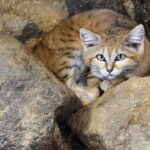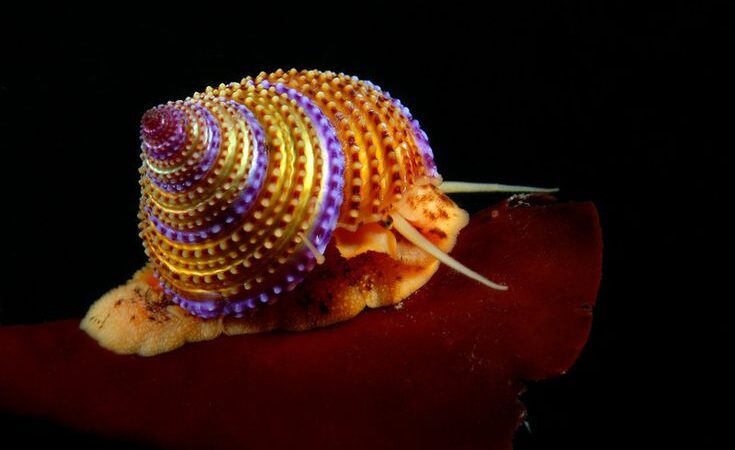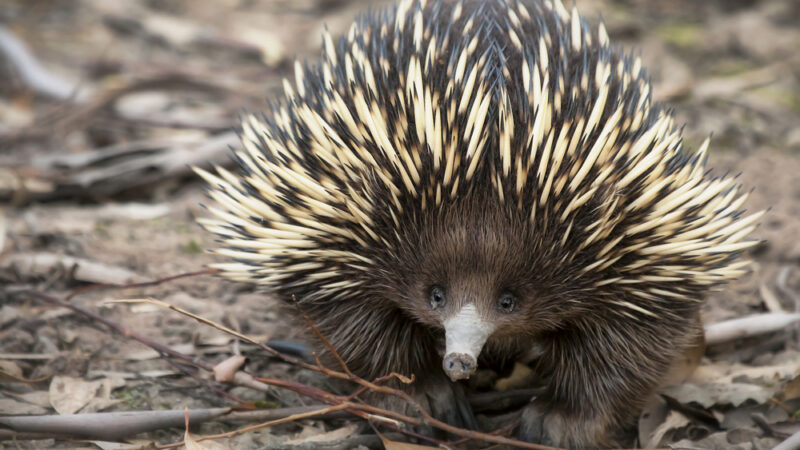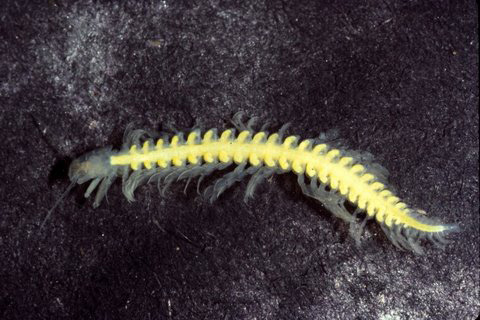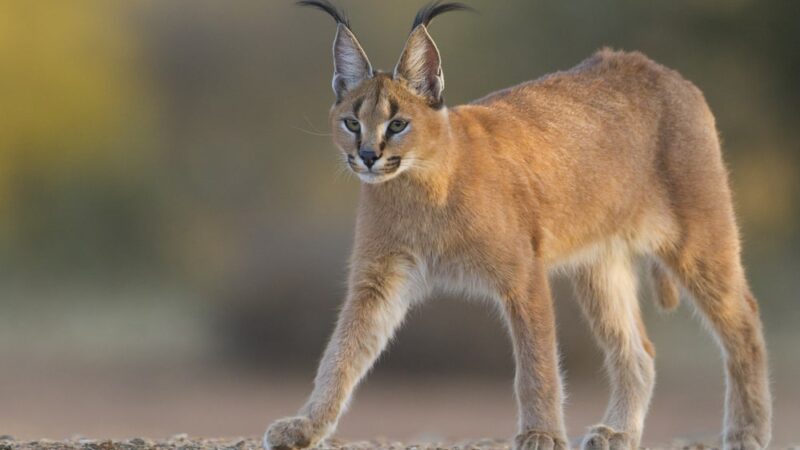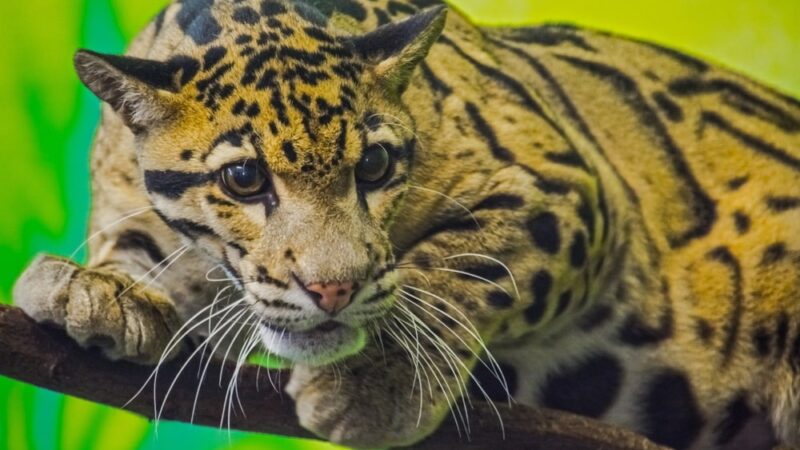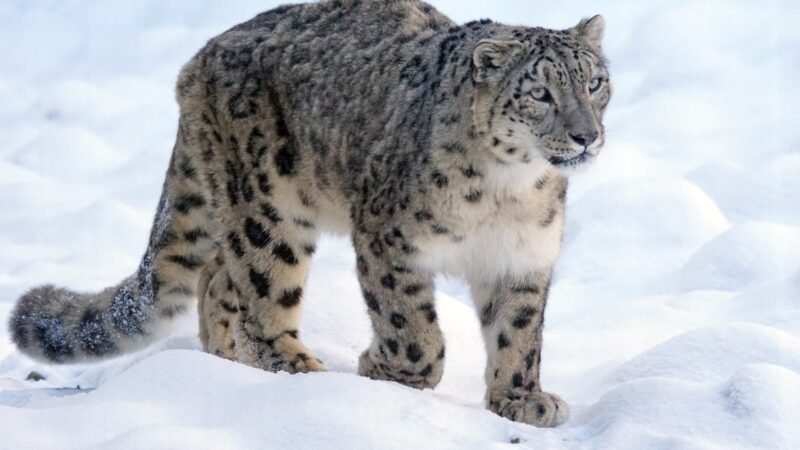Sand Cat
Shelter for Animal | Sand Cat | A feline resilient in the planet’s most inhospitable ecosystems enduring the searing blaze of summer days with temperatures reaching a scorching 119°F all without having a sip of water for weeks on end and as winter nights descended, confronting the bone-chilling plunge of the Mercury to a frigid -4°F, this small yet formidable creature was adept at dispatching.
Sand Cats
The most formidable vipers of the desert in a frenzy while bearing an ironically cute countenance and a physically diminutive stature, a master of stealth Beyond comprehension, with its traces nearly impossible to decipher as It moves, leaving an air of anticipation and mystery in its wake. This little beast does not smell never drinks, and its paws do not leave prints on the true king of the desert.
The sand cat felis Margarita, aka the sand cat or Sand Dune cat is a pint-sized wild feline that inhabits expansive Sandy deserts across North Africa, the Southwest and Central Asia navigate flat or gently undulating terrain adorned with sparse grasses and small bushes with their distinctive with a flat, wide head, short legs, and a relatively long 9- to 12-inch tail, this seemingly adorable feline stands amongst the smallest in the formidable feline family.
Sand Cat Size
At a shoulder height of 9.4 to 14.2 in and weighing 3.3 to 7.5 lb, it measures 15 to 20 inches in length, sporting a pale Sandy coat with a lighter shade on the lower part of its head, nose, throat, and belly. The sand cat has a subtle reddish line that extends from the outer corner of each eye across the cheeks, enhancing the mesmerizing charm of this captivating creature, like other felines, whose coat patterns vary with some devoid of spots or stripes while others display faint spotting and some feature both spots and stripes.
Adding to the allure of its countenance, the sand cat possesses large greenish-yellow eyes framed by a white ring, the nose darkened to a blackish shade is complemented by whiskers up to 3 in. length, adorned in pristine white, despite their resemblance to domestic house cats, these beige Beauties stand out with their furry paws, giant ears and exceptionally curious personalities. These unique felines are the sole inhabitants of the desert, and they are well equipped to endure. its extremes on scorching days.
The desert sand can reach temperatures as high as 119°F. a threat to most creatures, including cats; however, sand cats possess fur cushions covering their paws. that shield their paw pads, providing protection against the blistering desert sand, this adaptation also offers a secondary advantage; it allows them to traverse the ground without leaving discernible footprints, making it nearly impossible for predators to track them to further ensure that They are not being tracked.
These clever felines also bury their feces and cover them deep, leaving no smell and no clue for any potential predators or trackers but in the desert, the challenges extend far beyond just predators and extreme heat, with minimal water vapor in the air to retain warmth. Nighttime temperatures plummet to freezing levels. Fortunately, sand cats boast a thick coat with hairs reaching lengths of up to 2 in insulating their bodies, ensuring warmth during these chilly Nights.
However, thriving in this seemingly barren habitat poses challenges. Beyond just temperature fluctuations here; vegetation, water, and prey are all scarce resources, so to secure a meal, sand cats embark on extensive journeys covering up to 5 miles each night in their sparsely populated habitat where creatures strive to remain concealed well in this quest for a bite to eat in such rough terrain Mother Nature hooked up sand cats with some serious perks, first off their remarkable Ears are massive in size and feature an ear canal roughly twice as wide as that of a domestic cat.
Sand Cat Ears
While comparing the extraordinary ears of a sand cat to those of a typical domestic cat would reveal a considerable difference in acoustic input admittance, approximately five times greater, and hearing sensitivity is around 8 DB higher with these endearingly oversized ears. Empower them to detect prey movements in the sand, whether the prey is underground or up to a half A kilometer away now, obviously being expansive in size.
These ears become susceptible to sand infiltration, so a thick covering of closely spaced white hairs is present inside them, likely serving as protection against sandstorms as well, and then there is the most crucial survival skill set, the art of digging, while this ability is inherent in almost every creature inhabiting deserts. The proficiency as demonstrated by sand cats sets them apart in the Sahara. They are recognized as Adept hole-digging felines actually digging proves to be a fundamental hunting strategy for sand cats.
As many of the small animals constituting their diet reside in buroughs despite their diminutive sizes these cats can excavate more than 300% of their size reaching depths of 5 ft and according to some sources potentially up to 15 ft although this may be an exaggerated claim equipped with semi- retractable claws the front ones being short and sharp for hunting and the rear ones small and blunt for digging sand cats create Burrows in slightly slanting terrain typically featuring a single entrance.
Sand Cat Burrows
These Burrows May occasionally have two or three openings possibly due to sand cats sharing them with others of their kind though not simultaneously at times they may lie on their backs outside the buroughs too dissipate internal heat sand cats primarily rest in underground dens during the day emerging to hunt at night when Darkness Falls given the scarcity of meals these felines display an unselective appetite consuming whatever they can seize with their claws.
So it Chows down on a mix of small rodents mammals birds and a bunch of desert reptiles like the desert Monitor sandfish and sometimes those Egyptian spiny tailed lizards but what makes its dining habits really stand out is its knack for taking on one of the deadliest snakes around the Saharan horned viper. The sand cat confronts a venomous Viper in a ruthless manner approaching its Target. The cat initiates the attack taunting the Viper by delivering precise blows to its head.
Despite the Viper’s reputation for lightning fast reflexes the sand cat skillfully evades its strikes not only that it also repeatedly stuns the snake with powerful strikes to the same vulnerable spot over time the Viper weakens and eventually succumbs to the Relentless blows inflicted by the cat typically after capturing their prey sand cats consume it on the spot yet if they happen to catch more than they can chew they bury the remains for later consumption given their arid and harsh environment.
The issue of water scarcity arises for many species and yet sand cats once again have ingeniously adapted to this challenge over numerous Generations they have evolved to thrive without the need for drinking any water obtaining all their necessary moisture from their prey however there have been reports from local communities of sand cats visiting their camps at night and drinking fresh camel milk as they Traverse the Sandy terrain.
Sand cats employ a distinctive gait keeping their bellies close to the ground despite this seemingly leisurely movement they possess remarkable stamina and when required they can engage a turbo mode sprinting at an impressive speed of 19 to 25 mph and they can do that too without leaving any Footprints their large ears that contribute to their predatory prowess also Aid in listening for the presence of other sand cats.
Desert Cats
While these felines typically lead solitary lives during the Mating Season or when females have kittens they engage in communication through loud high-pitched rasping sounds interestingly when in search of a mate they’ve been observed emitting high-pitched barking sounds though such instances are rare generally their vocalizations resemble those of domestic cats other than that sand cats communicate through urine spraying scent marking and scratching due to their elusive nature.
The intricacy of their reproductive behaviors remain largely unexplored typically after mating their gestation period period spans 59 to 66 days culminating in the birth of a litter comprising two to three kittens these Offspring undergo rapid growth achieving 3/4 of their adult size within 5 months and attaining full independence by their first year promptly reaching sexual maturity however in captive environments a mere 61% of kittens manage to survive beyond the initial 30 days with maternal negligence.
By inexperienced mothers being the primary culprit for the unfortunate demise of the remainder yet under more favorable natural conditions they can Thrive for up to 13 years with a generation length hovering around 4 years and 9 months as predicted humans once again assume the role of Chief antagonists wreaking havoc on the species by ravaging their habitants and decimating prey populations to avoid detection sand cats instinctively lower their bodies and shut their eyes when exposed to search lights.
Seamlessly blending into their surroundings and preventing detection through the Telltale glow of their eyes but due to its non-aggressive nature towards humans they still become easy targets for sport hunting furthermore the introduction of domestic and feral cats and dogs poses additional threats as they may Prey Upon compete with or transmit diseases to the sand cat compounding all of these issues is the mistaken belief amongst some that sand cats make ideal pets due to their adorable resemblance to domestic cats.
Consequently these creatures are uprooted from their natural habitats leading to illness and tragically premature death despite its scarcity on the challenges that it faces the sand cat is oddly classified as least concerned on the IUCN red list maybe because it’s too good at staying hidden and hard to be spotted and tracked with a conservative estimate placing the total mature population at 27,264 individuals.


